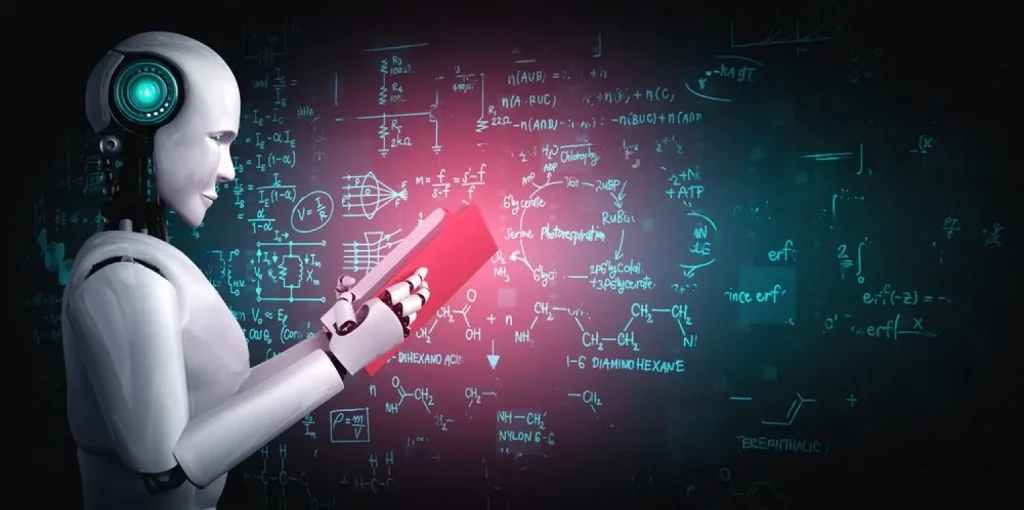Artificial Intelligence (AI) is one of the most revolutionary technologies of our time. It has the potential to transform industries, improve our lives, and shape the future of humanity. But, where did AI come from? What is its history, and how has it evolved over time?
In this blog post, we will provide a historical account of the evolution of AI. From the concept of intelligent machines in ancient mythology to the birth of modern AI at the Dartmouth Conference in 1956, we will trace the development of AI research through the decades.
We will also examine the emergence of machine learning, the development of neural networks and deep learning, and the impact of AI on various industries.
Furthermore, we will explore the ethical implications of AI and the need for responsible AI development and regulation. As AI continues to advance, it is crucial that we consider the potential consequences and work towards a future where AI is used for the betterment of society.
So, whether you are an AI enthusiast or simply curious about the technology that is changing our world, join us on a journey through time as we explore the evolution of AI.
The Origins of AI
The concept of intelligent machines is not new. It dates back to ancient Greek mythology and science fiction, where stories of robots and automata were told. However, it wasn’t until the mid-20th century that the modern idea of AI emerged.
In 1956, John McCarthy, Marvin Minsky, Nathaniel Rochester, and Claude Shannon organized the Dartmouth Conference. The conference brought together researchers from various fields to discuss the possibility of creating intelligent machines. This conference marked the birth of modern AI research.

Early AI Research
In the 1960s and 1970s, AI research focused on symbolic AI and expert systems. Symbolic AI involved programming computers to reason symbolically, using logic and rules. Expert systems, on the other hand, were designed to mimic the decision-making abilities of human experts in a specific field.
While these early AI systems showed promise, they had limitations. They were unable to handle the complexity and uncertainty of the real world. As a result, funding for AI research was cut, and the field entered a period known as the AI winter in the 1980s.
The Rise of Machine Learning
In the 1990s, machine learning emerged as a new approach to AI. Machine learning is a type of AI that enables computers to learn from data without being explicitly programmed. This approach allowed AI systems to handle more complex tasks, such as speech recognition and computer vision.
In the 2000s and 2010s, deep learning emerged as a subset of machine learning. Deep learning involves training neural networks with multiple layers to recognize patterns in data. This approach has led to breakthroughs in image recognition, natural language processing, and other fields.
AI in Practice
Today, AI is being used in various industries, from healthcare to finance to transportation. In healthcare, AI is being used to analyze medical images
and help diagnose diseases. In finance, AI is being used to detect fraud and automate financial services. In transportation, AI is being used to improve traffic flow and develop self-driving cars.
The impact of AI on society is significant and will only continue to grow. While AI has the potential to bring about tremendous benefits, such as improved efficiency and better decision-making, it also raises concerns about job displacement and ethical considerations.

Ethical Considerations
As AI becomes more prevalent in society, there are concerns about the ethical implications of its use. One concern is bias. AI systems can perpetuate or even amplify existing biases if the data they are trained on is biased. This can lead to discrimination and other harmful outcomes Another concern is privacy.
AI systems often rely on large amounts of personal data to function, which raises questions about how that data is collected, stored, and used. There is also the potential for AI systems to be used for nefarious purposes, such as surveillance and cyber attacks.
To address these concerns, it is essential to develop responsible AI practices and regulations. This includes ensuring that AI systems are transparent and explainable, so users can understand how they work and make informed decisions.
It also involves implementing robust data privacy and security measures and ensuring that AI systems are developed and used in a way that aligns with ethical principles.
Conclusion
The history of AI is a fascinating journey, from the concept of intelligent machines in ancient mythology to the birth of modern AI research and the emergence of machine learning and deep learning.
Today, AI is being used in various industries and has the potential to bring about tremendous benefits, but also raises ethical concerns that need to be addressed.
As AI continues to evolve and shape our world, it is crucial that we take a responsible approach to its development and use. This means considering the potential consequences and working towards a future where AI is used for the betterment of society. By doing so, we can harness the power of AI to solve some of the world’s most pressing problems and create a better future for all.







